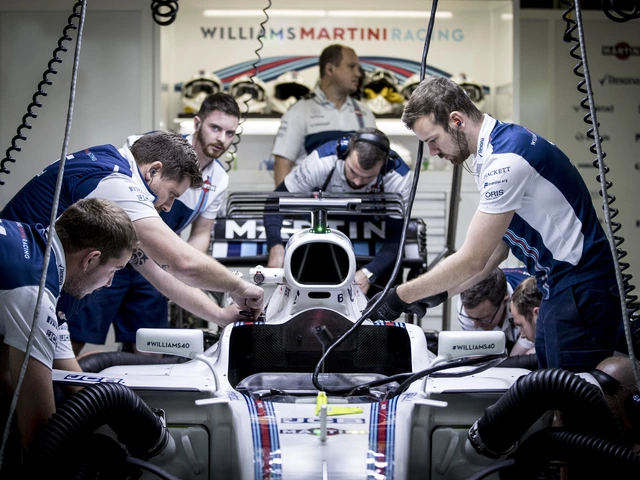Heat Management in Motorsport Racing – Why It Matters and How Teams Fight It
Ever wonder why a race car’s engine looks like it’s about to melt? That heat isn’t just a side effect – it’s a core part of performance. When the temperature is spot‑on, the engine delivers power smoothly and the tires grip the track. Too much heat, however, can ruin the engine or make the tires lose grip. In this post we break down where heat matters most and what teams actually do to keep it in check.
Why Heat Is a Double‑Edge Sword
First off, heat fuels power. Combustion engines need a certain temperature range to burn fuel efficiently. When the engine runs a little hotter, it squeezes more energy out of each drop of fuel, giving you that burst of speed you love to see on the straightaways. The same goes for tires – a warm rubber patch stretches, increasing the contact patch and giving better grip.
But the sweet spot is narrow. If the engine overheats, metal parts expand beyond safe limits, leading to warped heads, blown head gaskets, or complete failure. Tires have a similar break‑point; excessive heat makes the rubber soften, causing blistering, tread loss, or even a sudden blow‑out. That’s why heat management is as crucial as aerodynamics or fuel strategy.
Practical Countermeasures Teams Use
Teams tackle heat from two angles: cooling the engine and controlling tire temperature. For the engine, they install bigger radiators, add high‑flow water pumps, and use coolant with optimized boiling points. Some cars even have air ducts that direct airflow straight to the hottest parts, acting like a built‑in fan.
Tire management is a bit more subtle. Crews monitor tire temps with infrared sensors, then adjust camber, pressure, and even the suspension setup to keep the heat spread evenly. If a tire’s getting too hot, drivers might change their lines, brake earlier, or use “scrub” laps – short laps designed to shed excess heat before a pit stop.
Another trick is the use of heat‑resistant brake pads and carbon‑ceramic discs. Brakes generate a lot of heat, and if that heat transfers to the wheel well, it can raise tire temps unintentionally. Modern brake materials absorb less heat, keeping the surrounding area cooler.
Lastly, weather plays a role. On a hot day, teams may add extra cooling vents or use a richer fuel mix to keep temps down. On cooler days, they might remove some vents to retain heat, ensuring the engine stays in its power band.
Bottom line: heat isn’t just a problem to fix; it’s a tool to wield. Knowing where it helps and where it hurts lets teams extract every ounce of performance while staying safe. Whether you’re a driver, a crew member, or a fan, keeping an eye on those temperature gauges tells you a lot about what’s happening under the hood and on the track.
If you’re curious about how heat affects a specific race you watched, think about the engine sound and tire squeal. A roaring engine usually means it’s in the sweet spot, while excessive tire squeal can hint at overheating. Spotting these clues can make watching a race even more exciting.
Albany Motorsports Gateshead dives deeper into these topics all the time, so stay tuned for more behind‑the‑scenes insights on heat, power, and the thrill of racing.
Where is heat vital in motorsport racing and its countermeasure?
In motorsport racing, heat plays a crucial role in enhancing the performance of both the engine and tires. As a racing enthusiast, I've noticed that maintaining optimal temperature is vital for engine efficiency and extending tire life. However, excessive heat can lead to engine failure or tire degradation, making heat management a critical aspect in racing. To countermeasure heat, teams use advanced cooling systems and tire management strategies to ensure peak performance throughout the race. In my opinion, striking the right balance between heat generation and dissipation is an essential skill for successful motorsport racing.
Latest Posts
-

What is the purpose of doing a burnout?
-

Travis Head's 123 and Starc's 10-wicket haul crush England in record-breaking Ashes win at Perth
-

Barcelona Names Hansi Flick as New Manager: Club Faces New Era
-

No Jackpot in UK Lotto Draw 3091 – £5.3 million Rolls Over
-

What do you have to do to get a good job in motorsport?
0